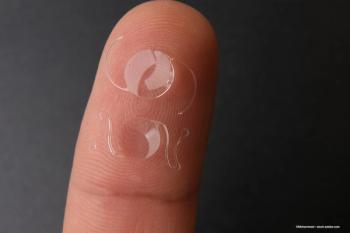
Data shows improvement after eye muscle surgery for lower spatial frequencies.

Data shows improvement after eye muscle surgery for lower spatial frequencies.

Minute movements are related to patching treatment outcomes in patients.

Increasing understanding of the genetics behind Usher syndrome suggests that treatment may become possible in the very near future.

Biologic treatments can be utilised to help the eye heal itself in inflammatory conditions such as dry eye disorder.

It is important to select good candidates for presbyopia-correcting IOL implantation and frankly discuss postoperative adjustment issues for a successful outcome.

Each new generation of cyclophotocoagulation options results in more accurate visualisation of the ciliary processes, greater ease of use and fewer complications.

Eye rubbing is an essential factor in the development of keratoconus. “No rub, no cone” is the rule: a genetic predisposition for the disease will come to nothing without excessive eye rubbing.